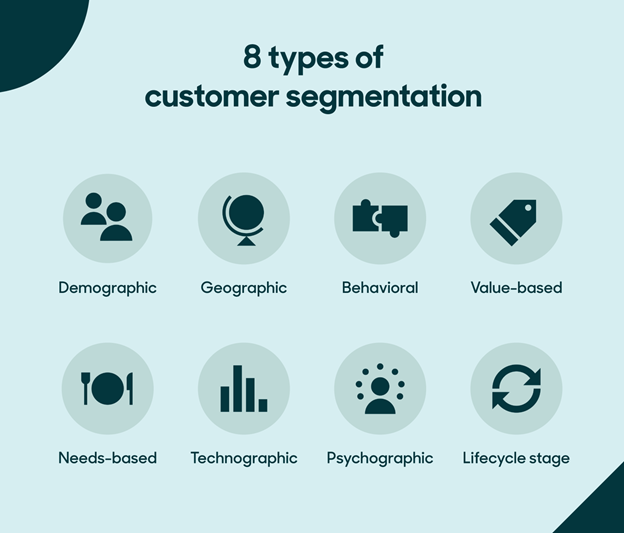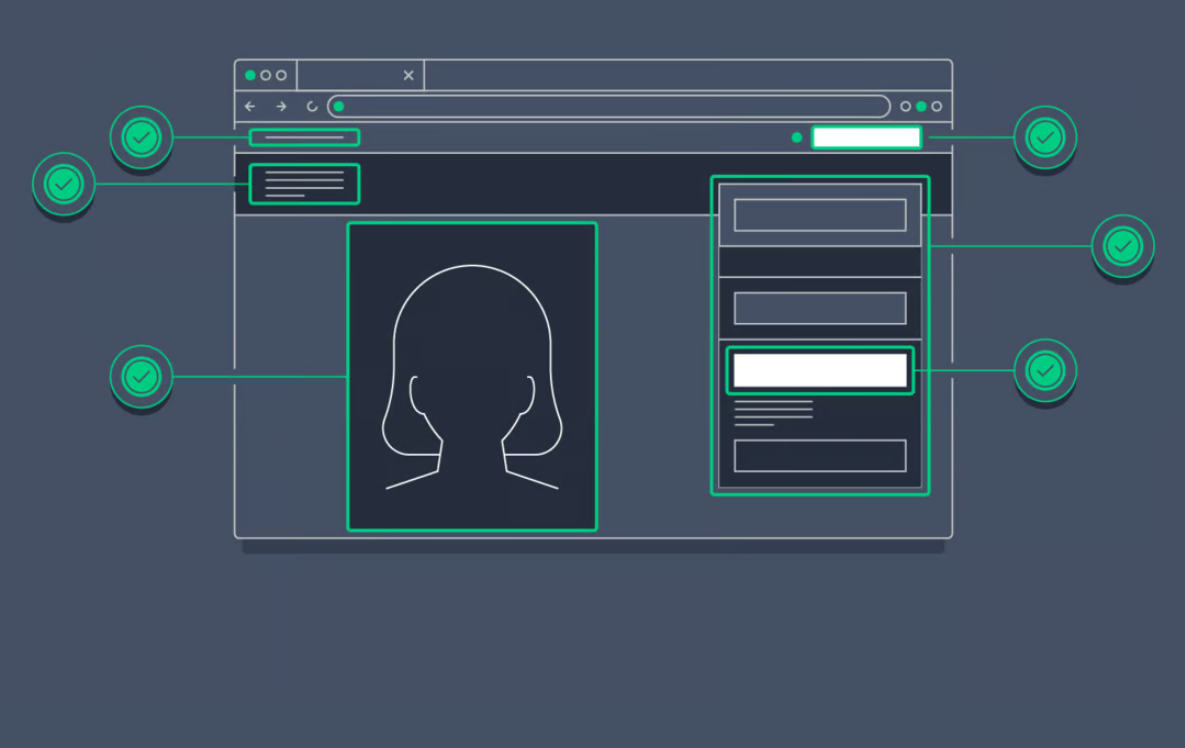Digital marketing is a term that encompasses a myriad of processes, methodologies, and tools we use to generate leads, build brand authority and trust, nurture long-term customers, and in general aid the sales process. As such, digital marketing comprises many processes that create a cohesive strategy, many of which are crucial for the long-term success of a marketing campaign, or the brand as a whole.
One of these processes is customer segmentation. That’s why today we are taking a look at customer segmentation to build powerful marketing campaigns and take your business forward.
What is customer segmentation?
Customer segmentation is the process of breaking down the consumer market into sub-groups of consumers. This process allows businesses to create better, more personalized and relevant marketing campaigns that target specific customer segments to create qualified leads instead of targeting the entire market.
Also known as user segmentation and market segmentation, this process is an invaluable tool in every marketer’s arsenal, as it streamlines marketing campaigns and minimizes financial waste. Knowing your ideal customer group(s) allows you to optimize and scale your marketing efforts, as well as to align your brand, content, tone of voice, and messaging in general to resonate with your customers.
Benefits of customer segmentation
Customer segmentation brings numerous benefits to the table, so before we get into the “how,” let’s first consider the “why” for a moment. For one, customer segmentation allows you to get to truly know your customers and build data-driven user personas, map their journey, and thus optimize their every step towards conversion and loyalty.
Secondly, customer segmentation produces a lot of useful data and facilitates data mapping so that you can create organized data repositories on all segments as well as individuals. Feeding this data into different customer segments will not only enrich them, but give your marketers more flexibility when crafting unique, personalized, and optimized campaigns.
Types of customer segmentation
There are four main types of customer segmentation that businesses should be aware of: demographic, psychographic, geographic, and behavioral segmentation.
Additional, or accessory types include technographic, needs-based, value-based, and lifecycle segmentation.
Demographic segmentation groups people by age, profession, gender, income, and similar traits. Psychographic segmentation is all about why the customers buy from you, and helps brands build customer value by understanding the customers’ motivators, values, and core beliefs.
Geographic segmentation groups people by their location, allowing you to gauge the size of different markets and communities. Behavioral segmentation, on the other hand, aims to identify the specific triggers that incentivize someone to make a purchase, such as promotions, events, and new product launches.
Identify your key objectives
The first step to creating a well-rounded segmentation strategy is to set clear goals and objectives for your company in terms of the kind of customers you want to attract or the specific markets you want to grow in. Once you know the direction you want your business to go, you can analyze the customer groups and the various demographics that occupy that space—this approach also allows you to narrow down your competitor analysis.
Setting clear goals and key objectives facilitates reverse engineering. In other words, you can work your way back through the strategies, tactics, and segments you need to focus on to achieve them. This strategy requires you to capture and analyze some vital data.
Collect and analyze customer data
Customers and audiences, both online and offline, create vast amounts of data that companies can use to build their competitive advantage. There are many ways to capture data, from the many types of surveys you can use to generate meaningful insights, all the way to digital fingerprinting and automatic data collection through website monitoring and social listening.
Collect data about your customers in the areas of location, industry, online behavior and interests, values and drivers, income brackets, routines, and likes and dislikes, to create detailed customer segments.
Identify key products and solutions
Using all of that data to your advantage, you can finally identify the core products, services, and brand elements you need to focus on to better target specific customer segments. This approach will also allow you to build better SEO and marketing plans in general, knowing exactly what you need to market and how to market it to every segment.
This strategy is especially important when it comes to localized marketing and when you’re using local SEO services to build your brand’s presence in a specific community and within specific community segments. Understanding which products and services resonate with which customer segments is not only important for SEO, but for messaging, tone of voice, and creating a value-driven brand experience.
Build detailed buyer personas
All of this that we talked about essentially serves a core purpose of building detailed buyer personas. The more granular you get with customer personas, the more detailed and relevant your segments will be to your sales and marketing departments.
Now that you have all this data and that you’ve gone through all the research, create personas within your segments. It might seem like a lot and that you won’t be able to target everyone, but in reality this process is a way to prioritize segments and customer groups so you know which are the most valuable to you at a specific time during the year.
When you prioritize your segments, you can allocate marketing and sales resources accordingly.
Align your marketing for specific segments
Lastly, it’s time to align your marketing efforts according to the segments you created. Depending on the industry you’re in and the markets you serve, you may have one segment, or you may have more than ten; the key is to prioritize and personalize.
Start with your most valuable personas and segments, and create marketing campaigns that will deliver value and relevant incentives. Monitor when different segments are most active throughout the seasons, and when their buying potential is at its highest.
Over to you
Customer segmentation is a crucial element in any marketing and sales strategy, and it’s invaluable in the long-term growth of your business, especially if you are operating in a competitive field. With that in mind, be sure to use these tips to better segment your customers in 2023, which will allow you to personalize your approach and deliver truly rewarding experiences to all your segments in the new year.
- 5 Steps for Great Ecommerce UX Throughout the Funnel - January 16, 2024
- Designing Intuitive Payment Flows for Enhanced User Experience - October 31, 2023
- Gamification in UX Design: Enhancing User Experience and Engagement - September 26, 2023
![]() Give feedback about this article
Give feedback about this article
Were sorry to hear about that, give us a chance to improve.







